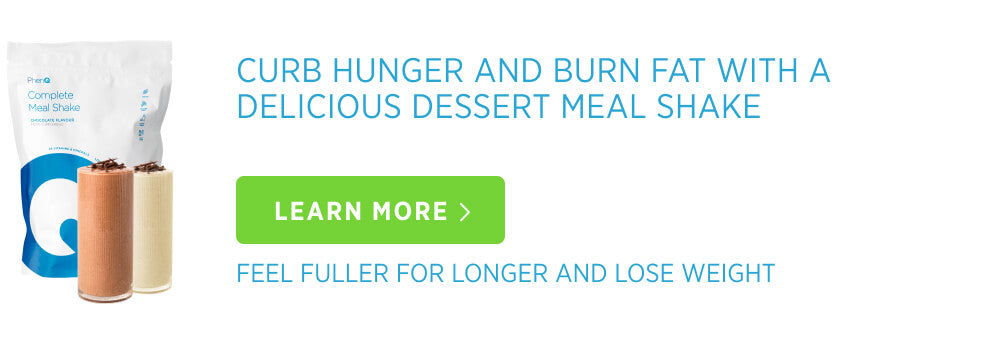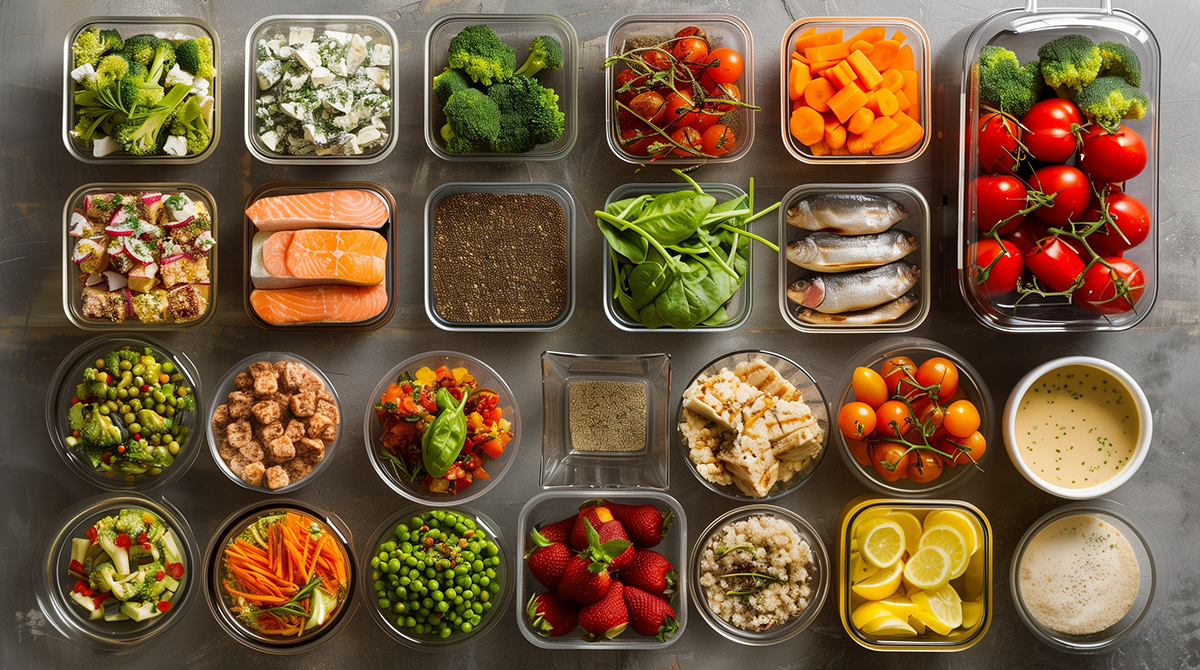Traditionally, dieting meant eating only “healthy” foods, avoiding those you know are “bad,” and exercising to eliminate additional calories (and kilos). Flexible dieting is a more practical approach to weight loss that doesn’t necessitate clean eating, doesn’t make certain foods “off limits,” and allows you to literally have your cake and eat it.
If you’re looking for a flexible diet that suits your lifestyle, the proof is in the name. In this article, we’ll discuss:
- what is flexible dieting
- how flexible dieting works
- flexible dieting benefits
- how to get started
What is flexible dieting?
Flexible dieting means counting your macronutrients − protein, carbohydrates, and fat − to achieve your ideal body composition. Another common name for this diet is “If It Fits Your Macros,” or IIFYM.
IIFYM accounts for the fact that weight loss is more about what you eat than solely about how much you eat. Yet for decades, dieters have religiously counted calories, believing that doing so was the only way to shed excess pounds. Instead of restricting food intake, flexible dieting tracks macronutrient intake. This means you could essentially eat whatever you want as long as it fits your macros, though you shouldn’t necessarily do so depending on your physical goals.
How flexible dieting works
To understand flexible dieting, you need to first understand macronutrient tracking. Traditionally, dieters have shunned carbohydrates in favor of protein and have wrongfully eliminated fat, believing that eating fat means gaining fat. However, the ideal diet − even for those trying to lose weight − is a balance of all three macronutrients.
How to determine your target macronutrients
You can’t choose arbitrary numbers and expect flexible dieting to work. Instead, you need to calculate a macronutrient split that makes sense for your current goals.
To determine your target macronutrients, you must first decide on your daily calorie needs. If you’re trying to gain or lose weight, you should adjust this number accordingly (often by 300 to 700 calories).
Once you know roughly how many calories you should eat in a day, you can choose a macronutrient split. The split refers to how you will divide the calories you get from protein, carbohydrates, and fat during the day. Here are some sample splits based on different health-related goals:
- Muscle-building − 40% protein, 40% carbohydrates, 20% fat
- Performance − 30% protein, 50% carbohydrates, 20% fat
- Weight loss − 40% protein, 30% carbohydrates, 30% fat
It’s easiest to track your macros if you divide the number of calories from each section into grams. For example, if you’re going to eat 2,000 calories per day and want to lose weight, you should consume:
- 800 calories from protein
- 600 calories from carbohydrates
- 600 calories from fat
There are 4 calories per gram of protein and carbohydrates, so you would need 200 grams from both during the day to meet your macronutrient goals. Because there are 9 calories per gram of fat, you would need 67 grams of fat each day.
If you’re not sure how many calories you should eat each day as the starting point for your macronutrient split, you can find online calculators to help with the process.

4 benefits of flexible dieting
There are some obvious benefits of flexible dieting compared with traditional, restrictive dieting. These benefits include:
- No restrictions − traditional diets are almost all necessarily restrictive, either of food or of calories. While many dieters can maintain this lifestyle in the short term, few experience long-term success. In contrast, IIFYM allows you to eat what you want, provided that it suits your macros. This eliminates guilty feelings and allows for small, more frequent indulgences.
- Performance-focused − restrictive diets compromise gym performance because you have no energy for your workouts. Flexible dieting allows you to customize your macros to your physical goals to deliver energy and results accordingly.
- Adaptable to social settings − it’s difficult to eat out when you’re on a traditional diet. Or, if you do eat out, you won’t enjoy yourself. IIFYM makes eating out less stressful because you can adjust other meals during the day to account for what you will eat when you go out.

How to get started on your own flexible dieting plan
If you want to try flexible dieting, getting started is simple. Once you’ve calculated your macros, you’ll need a food plan.
While it’s true that you can eat a variety of different foods according to IIFYM, it doesn’t mean you should always make room for foods that aren’t the best for you. In fact, you should still make it a priority to eat as many healthy foods as possible that will fuel your workouts and keep you looking and feeling your best. After all, the most successful dieters understand balance but also understand that indulging occasionally is the key to long-term success.
It’s easiest to track macros with smartphone apps, like My Fitness Pal among others. Many food tracking apps are built to track macros and, as such, all you’ll have to do is enter your food and be mindful of how all the macros in your favorite meals work together. Of course, learning how to balance this takes time and you need to be patient as you work out what foods you can eat in a day that will fit your macros.
Precision is the key to success. Weigh and measure everything you eat for accurate macros and to ensure you stay on track for your goal.
Flexible dieting lifestyle
The most successful diets are those that are about lifestyle changes, not restrictive eating or excessive exercise. Flexible dieting is a lifestyle change − it will change how you think about the food you eat and what it does for your body.
Whether you’re trying to lose weight, build muscle, or fuel performance, flexible dieting can do all three. And, when you’re ready to get started, all it takes is a few calculations and you’ll be well on your way to the body you’ve always wanted.
Check also: What Fad Diets Really Do to Your Body




